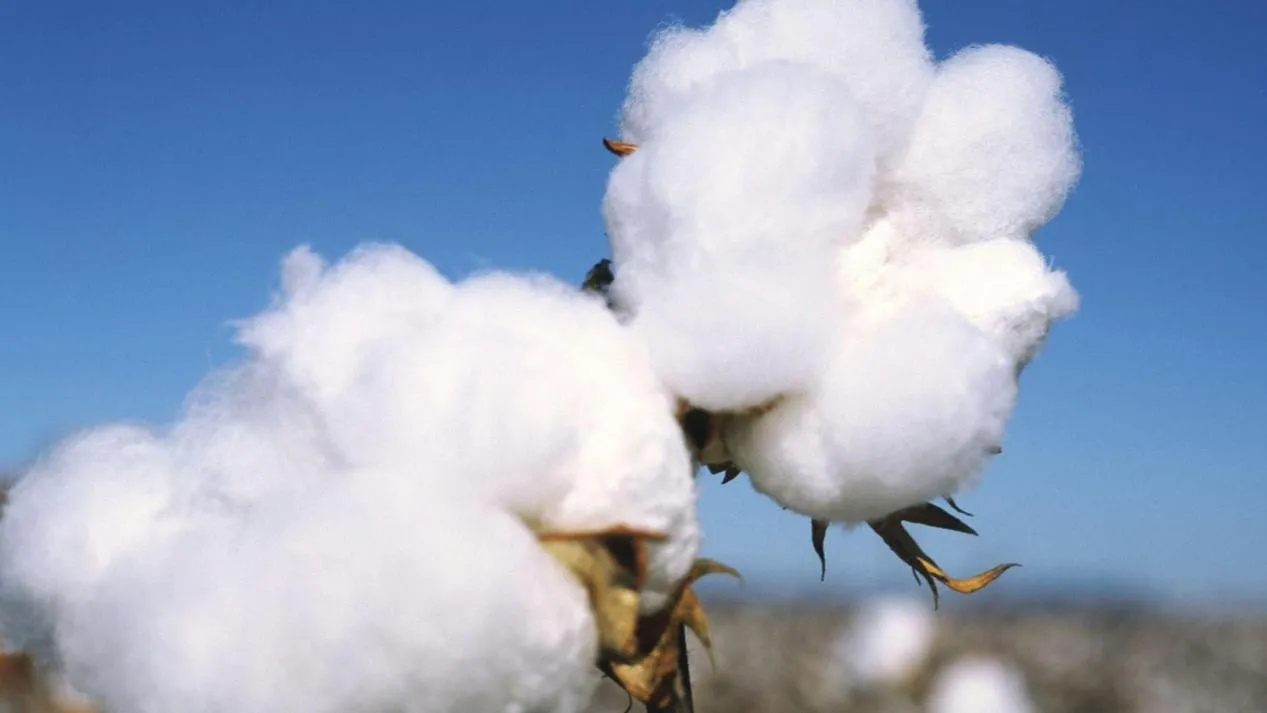
The Multifaceted Uses of Cellulose Derivatives in Modern Industries
Cellulose, a natural polymer derived from plant cell walls, has become a key ingredient in a wide range of industries. Its ability to be modified into various derivatives has expanded its applications beyond traditional uses, playing an essential role in sectors like pharmaceuticals, food, textiles, and personal care. This article explores some of the most commonly used cellulose derivatives, including carboxymethyl cellulose, hydroxypropyl cellulose, and methyl hydroxyethyl cellulose, and their contributions to modern industrial processes.

The Role of Modified Cellulose in Industrial Applications
Carboxymethyl cellulose (CMC) is one of the most widely used derivatives of cellulose. This compound is produced by reacting cellulose with chloroacetic acid to introduce carboxymethyl groups into the cellulose structure. CMC is commonly used in food processing as a thickening agent, stabilizer, and emulsifier. It is also found in pharmaceuticals, where it serves as a binder and controlled-release agent in tablet formulations. Additionally, CMC is utilized in the textile industry as a sizing agent, helping to improve the strength and texture of fabrics. Its versatility has made it a vital ingredient across a diverse range of sectors.
Another important cellulose derivative is hydroxypropyl cellulose (HPC). This derivative is produced by introducing hydroxypropyl groups into the cellulose structure, which makes it soluble in water and enhances its use in various applications. HPC is widely used as a binder and film-forming agent in the pharmaceutical industry. It is also used in the production of personal care products, such as shampoos and lotions, where it functions as a thickening agent. In addition, HPC is used in the manufacturing of water-based paints and coatings, where its ability to form clear, stable solutions is essential.
In the realm of specialty cellulose products, methyl hydroxyethyl cellulose (MHEC) stands out for its unique properties. MHEC combines the characteristics of hydroxyethyl cellulose and methyl cellulose, making it an ideal additive in a variety of industrial applications. It is commonly used in the construction industry as a thickener in cement-based formulations, including mortars and adhesives. Its high water retention properties make it valuable in improving the workability and durability of building materials. MHEC is also utilized in personal care products, where it functions as a stabilizer and emulsifier in creams and lotions.

The Role of Cellulose in Cotton and Textile Applications
While modified cellulose derivatives play a key role in industrial applications, 100 cellulose and cellulose cotton remain crucial in textile manufacturing. 100 cellulose refers to cotton or other fibers that are composed entirely of cellulose, which can be used to produce high-quality fabrics. Cellulose cotton, specifically, is a popular raw material for textiles due to its natural properties, such as breathability, softness, and comfort. It is often processed into various forms, including fabric for clothing, bed linens, and industrial textiles.
The natural properties of cellulose cotton are highly valued in the textile industry. These fibers are biodegradable, making them an eco-friendly option compared to synthetic fibers. Furthermore, the use of 100 cellulose in textiles allows for the production of sustainable clothing and household items, contributing to the growing demand for environmentally conscious products.
The numerous derivatives of cellulose, such as carboxymethyl cellulose, hydroxypropyl cellulose, and methyl hydroxyethyl cellulose, have revolutionized industrial applications by enhancing performance and sustainability. Meanwhile, 100 cellulose and cellulose cotton continue to be essential in the textile industry, providing eco-friendly alternatives to synthetic materials. As demand for environmentally responsible products increases, the future of cellulose in various industries looks brighter than ever. Through continued innovation, cellulose derivatives will continue to play a significant role in shaping modern manufacturing practices and sustainable development.
-
Hydroxypropyl Starch as a Sustainable Construction AdditiveNewsNov.24,2025
-
The Gelation Properties of CMCNewsNov.21,2025
-
Redispersible Latex Powder and Water Retention CapacityNewsNov.21,2025
-
Dosage Control for Polycarboxylate Water ReducerNewsNov.21,2025
-
Film-Forming Properties of Polyvinyl AlcoholNewsNov.21,2025
-
The Function of Gypsum Additives in MortarNewsNov.21,2025





















